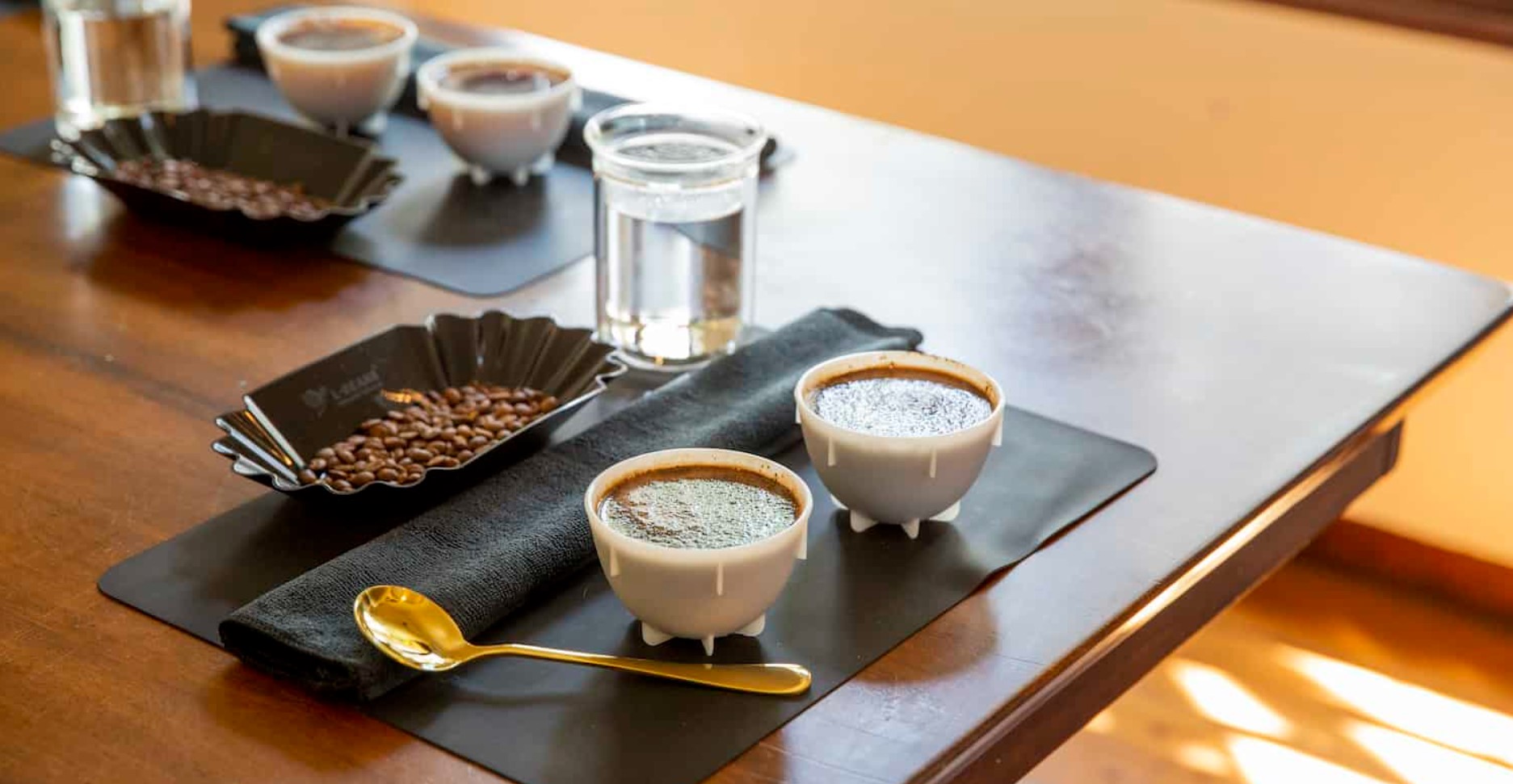
Cupping: The Ultimate Tasting Technique for Coffee Roasters
If you are a coffee enthusiast or a professional coffee roaster, you know that the quality of your coffee beans is crucial to crafting the perfect cup of joe. But how can you truly understand the nuances and flavors hidden within each bean? The answer lies in the art of cupping – the ultimate tasting technique for coffee roasters.
What is Cupping?
Cupping is a sensory evaluation method used in the coffee industry to assess the flavors and aromas of coffee beans. It involves brewing small samples of various coffee beans in standardized conditions to allow for a fair comparison. This technique provides valuable insights into the quality, taste profile, and potential of the coffee beans.
The Cupping Setup
To begin the cupping process, several essential tools are required, including:
- Coffee Beans
- Select a diverse range of coffee beans from different regions and processing methods. This variety will allow you to experience a wide spectrum of flavors during the cupping.
- Grinder
- Grind the coffee beans to a specific consistency, similar to coarse sand. Consistent grind size is crucial to ensure even extraction during brewing.
- Cups
- Use specialized cupping cups that meet the standards set by the Specialty Coffee Association (SCA). These cups have a capacity of 8-12 ounces and allow the aroma of the coffee to be fully appreciated.
- Water
- Use filtered water heated to 200°F (93°C) for the cupping process. Water quality significantly impacts the taste of the coffee.
- Spoons
- Cupping spoons are deep and wide to facilitate slurping while tasting. Slurping helps aerosolize the coffee, allowing it to spread evenly across the palate.
- Cupping Form
- A cupping form is essential for recording your observations. It typically includes spaces for information like origin, fragrance, aroma, flavor, aftertaste, acidity, body, and overall impression.
The Cupping Ritual
The cupping ritual involves several steps that professional coffee tasters follow:
- Smelling the Fragrance
Before brewing, take a moment to inhale the dry fragrance of the freshly ground coffee. Different beans emit distinctive scents, which hint at the potential flavors to come.
- The Bloom
Once hot water is poured over the coffee grounds, they “bloom” and release a burst of carbon dioxide. This step is crucial as it allows you to assess the coffee’s freshness and off-gassing.
- Breaking the Crust
After approximately four minutes of brewing, gently break the crust formed on the coffee’s surface by pushing aside the grounds with a spoon. This releases more aromas for evaluation.
- The Slurp
Now comes the fun part – the tasting. Take a spoonful of coffee and slurp it from the cup, aerating it in your mouth. This action evenly distributes the coffee across the palate, enhancing the tasting experience.
The Art of Tasting
The art of tasting, specifically in the world of coffee cupping, is a skill that coffee enthusiasts and professionals alike strive to master. It is a journey that takes you deep into the essence of coffee, revealing a rich tapestry of flavors and aromas hidden within each bean.
Key Steps in the Art of Tasting:
- Engaging the Senses: Tasting begins with engaging the senses. Take a moment to inhale the dry fragrance of freshly ground coffee beans. This initial scent can hint at the potential flavors and characteristics that await.
- The Bloom: As hot water is poured over the coffee grounds, they “bloom,” releasing a burst of carbon dioxide. Observing this bloom allows you to gauge the freshness and off-gassing of the coffee.
- Breaking the Crust: After a few minutes of brewing, gently break the crust that forms on the coffee’s surface with a spoon. This action releases even more aromas, intensifying the tasting experience.
- The Slurp: When it’s time to taste, take a spoonful of coffee and slurp it from the cup. This aerates the coffee in your mouth, spreading it evenly across your palate and enhancing the flavors.
Aspects to Assess in the Coffee:
- Aroma: The fragrance of both the dry grounds and the brewed coffee can offer insights into the coffee’s flavor profile, revealing floral, fruity, spicy, or nutty notes.
- Flavor: Let the coffee spread across your tongue, and pay attention to the different flavor profiles. From sweetness to acidity to bitterness, each coffee has a unique taste.
- Aftertaste: Also known as the finish, the aftertaste lingers on your palate after swallowing. A pleasant aftertaste is a sign of high-quality coffee.
- Acidity: Coffee acidity refers to a bright, vibrant quality that adds liveliness to the flavor. It’s not the same as the sourness associated with lemons.
- Body: Consider the weight or thickness of the coffee on your palate. It can range from light to medium to full-bodied, contributing to the overall tasting experience.
The art of tasting, as embodied in the practice of coffee cupping, is a profound and rewarding journey for coffee enthusiasts and professionals alike. It allows one to discover the intricate flavors and characteristics present in various coffee beans, leading to a deeper appreciation of the beloved beverage. By honing your tasting skills, you can unlock a world of coffee experiences that will forever elevate your coffee journey.
Cupping is an indispensable tool for coffee roasters to understand the intricacies of their beans better. It helps them identify the highest-quality beans, understand flavor profiles, and make informed decisions during the roasting process. By incorporating the art of cupping into your coffee journey, you will unlock a world of flavors that will delight your taste buds and satisfy your coffee cravings.
FAQs
- Is cupping only for professionals? No, anyone passionate about coffee can practice cupping at home. It’s a rewarding way to explore different coffee flavors.
- How often should I cup coffee beans? Regularly cupping different coffee beans will sharpen your palate and help you recognize nuances in flavors.
- Can I cup coffee using any type of cup? For accurate and consistent cupping results, it’s best to use specialized cupping cups designed for this purpose.
- What if I don’t have a cupping form? While a cupping form is helpful for organized evaluations, you can still conduct cupping and jot down your observations in a notebook.
- Can cupping help me find the perfect roast level? Yes, cupping enables you to taste beans at different roast levels, helping you identify the one that best suits your preference.
